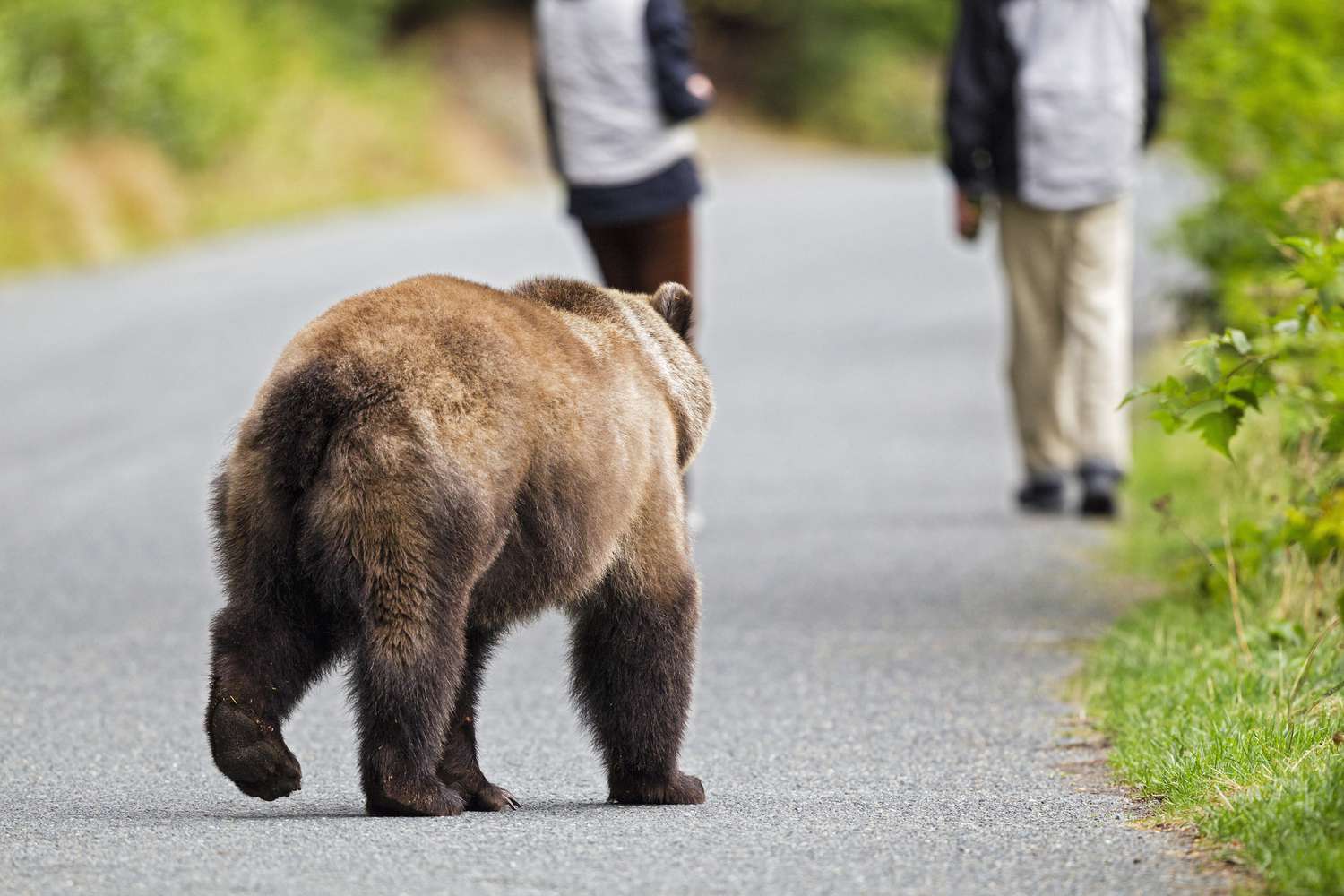- Even as humanity extends its footprints on the back of unimaginable developments happening around the world forsaking hitherto demarcated areas, the human-animal conflicts are headed northwards drawing our attention to address this issue holistically. Humankind has witnessed such monumental growth on the back of revolutionary technology-driven initiatives that the infrastructural demands have increased manifolds prompting the authorities to take up expansions to accommodate humongous growth. The advancement in medicine also means the life expectancy of humankind has increased dramatically only adding to the challenges of the authorities to ensure equitable distribution of available resources. We need to co-exist.

PC: Treehugger
- Needless to mention, the universe is not the sole preserve of humankind but inhabited by innumerable living beings since times immemorial. The harmonious existence between various creatures, including humans, has been well established. However, the growth prospects prompted by the expectations have started pushing boundaries leading to increasing human-animal conflicts around the world. Little wonder, all forms of animals, especially predators, intruding into human habitation have increased greatly leading to attacks and deaths, from both sides. Make no mistake, we shouldn’t make villains out of threatened animals. India too is not insulated from the human-animal conflict as the recent wolf attacks hit the headlines. Let’s delve into this.
- As reported, nine terrible deaths in wolf deaths in Bahraich over 45 days demand plenty of scientific follow-through to protect both human populations and wolf conservation efforts. Without serious study, it’s easy for fear to settle. There’s much ignorance about both wolves and the need for much wider research into human-animal conflicts on the margins of wild habitats. Mind you, wolves avoid humans. Attacks are triggered when wolves feel threatened, over food scarcity or loss of habitat, or when protecting their young. This applies to every animal, you see. Flooding of habitat, loss of food, and the cubs being driven over by tractors unknowingly are some triggers discussed among the terrified locals in this instance.

PC: Mid-day
- Wildlife scientists emphasise the need to study DNA from kill sites to determine whether a single wolf or more attacked the children. Some posit it could be hybrids of wolf-cum-dogs behind such attacks. Such mingling has increased as human habitations extend into wolf habitats, and such hybrids have lost fear of humans. There’s limited research on the Indian wolf – barely 3,000 of whom remain in the wild. In 1996, in UP, from Lakhimpur to Manjanpur, between April and August, 33 children were killed by wolves, 20 others seriously mauled. A trigger for the attacks reportedly was thrill-seeking villagers stealing cubs from lairs. We must do better to understand the triggers, and thereby protect both wolves and human settlements. A template could be developed too.





